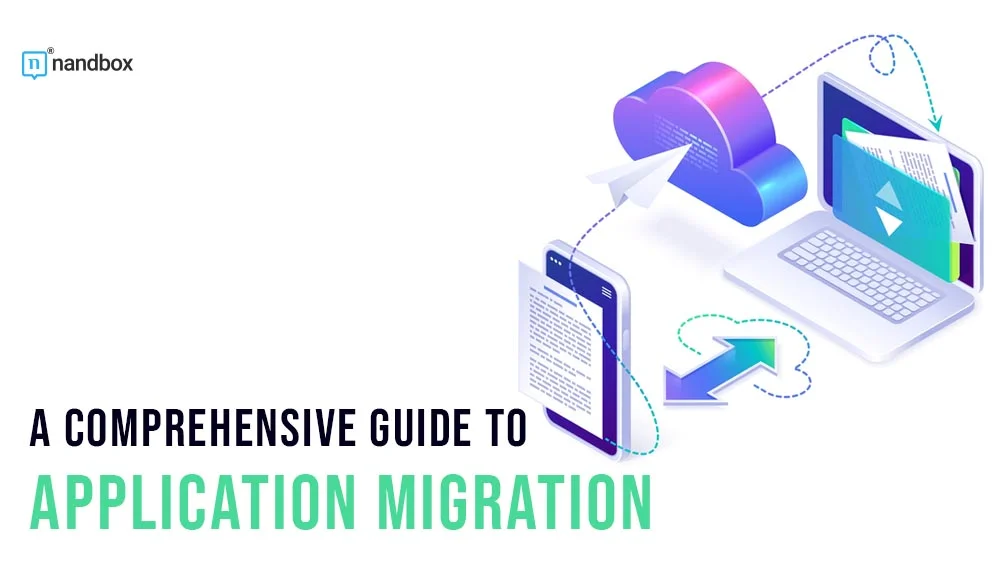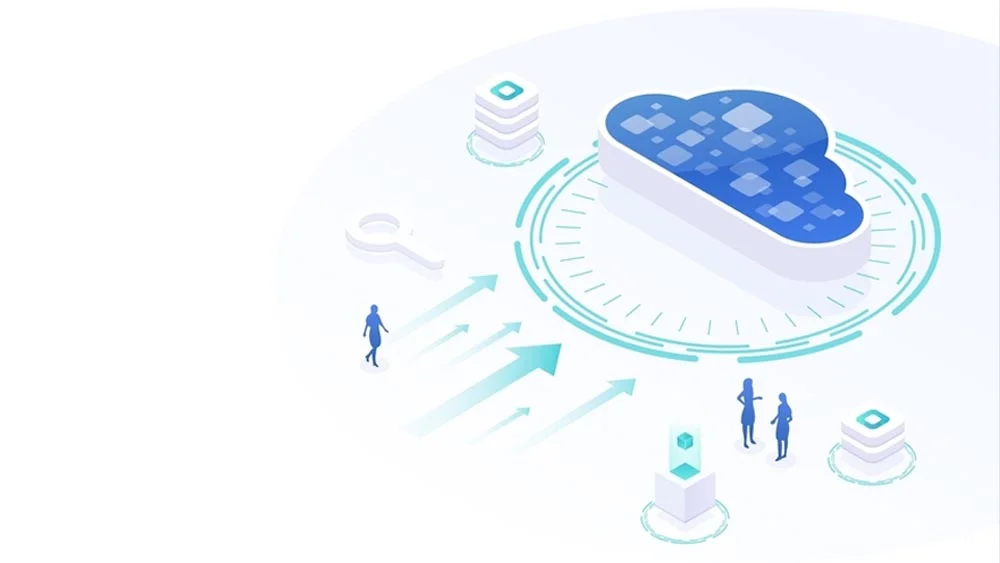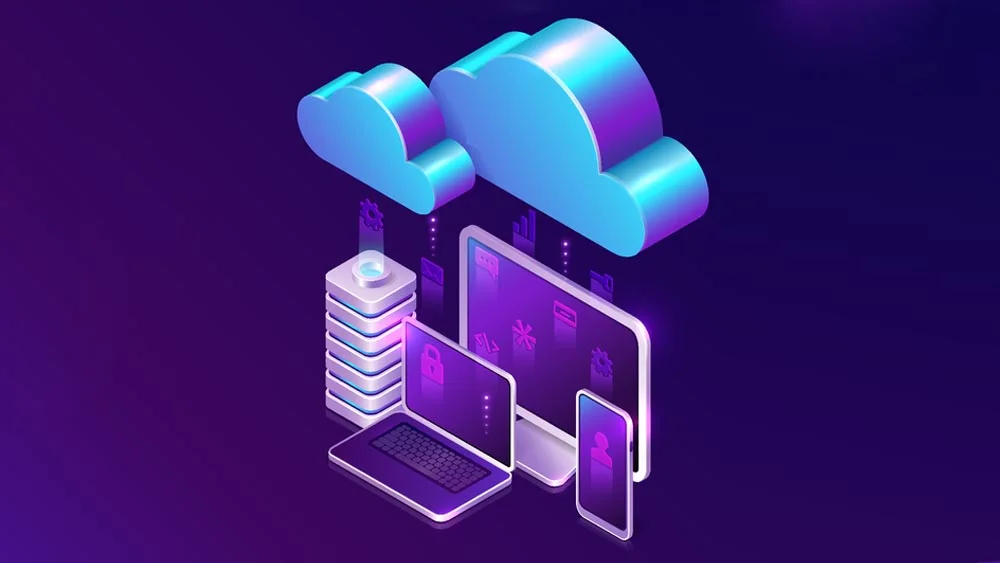Application migration is the technique of transferring a software program, gadget, or utility from one environment to another. This may additionally entail upgrading to a more modern model of the program. Equally important is migrating an application from on-premises servers to the cloud or switching web hosting companies.
Application migration services are specialized products and services offered by era companies or professionals. Moreover, it helps establishments with the planning and control of those modifications. Those services cover an extensive variety of topics, which include evaluating the structure of the present application, finding compatibility troubles, growing the migration approach, sporting out the migration procedure, and making certain post-migration adjustments and optimizations.
How Do You Migrate an Application?
It is crucial to have a clear plan in place before shifting your software to its supposed location. Let’s study the method step-by-step for the equal.
Step 1: Pick Your Application’s Migration Objectives.
To ensure that an application is in line with long-term corporate goals and technological improvements. The key goals of migration often include boosting scalability, enhancing performance, decreasing operational expenses, and increasing accessibility.
Step 2: Examine Your Current Applications.
Evaluation of the current systems is a crucial step before moving further with application migration. Depending on the results of this assessment, the system may be kept, reworked, or retired. Usability and answering key inquiries before the audit are important factors.
Step 3. Choose the Appropriate Team.
An inexpensive choice for migration is to hire dedicated app developers. It does away with the need for infrastructure, training, and hiring costs. To streamline your software migration procedure, pick out professional developers.
Step 4: Create a Layout.
Developers seek advice from the goals, documents, and groups used in the machine assessment when getting ready for the migration of an application. Experienced consultants examine technical demands, device viability, and migration toolkits. For a clean transition, they specify phases, use the proper technologies, and pay attention to analytics and monitoring.
Step 5: Verify the App Migration Plan
Developers run a simulated migration in a sandbox environment before moving ahead with the migration. As a result, a smooth, error-free migration technique is ensured, and it is feasible to alter information-switching strategies for first-rate outcomes.
Step 6. Stage-by-stage App Migration
Iterative utility migration is more frequent than all-at-once migration. Throughout the relocation process, thorough documentation and pertinent equipment keep stakeholders knowledgeable and in control.
Step 7. Arrange Examinations Following Migration.
Developers do exams after migration to verify its success, evaluating utility, overall performance, and usability in the new surroundings while recognizing any viable hiccups or problems.
Methods for Migration of Applications
Software is frequently developed for a specific running gadget and community architecture, which can present special barriers to migration. It is commonly easier to migrate from virtualized structures to hardware infrastructure.
You can choose a nice software migration method based totally on the kind of architecture, security, and compliance desires of your business, as well as the accessible budget. The primary migration patterns are proven below:
Rehost (Lift and Shift):
The cloud engineers at Infopulse successfully migrated an application from on-premises servers to Microsoft Azure as part of a data center migration project without making significant code changes. A significant mining and metals firm was able to develop its digital transformation, enhance security, scale infrastructure, and save operational expenses thanks to this economical strategy.
Refactor (Re-architect):
The “Refactor” or “Re-architect” migration technique is a thorough method that entails making substantial changes to your application’s architecture, codebase, or database structure to optimize it for the destination environment, which is frequently a cloud platform. This strategy is chosen when you want to preserve the fundamental functionality of your application while utilizing the scalability, efficacy, and advantages of cloud-native services.
Replatforming
Replatforming is a migration technique that entails transferring applications to a new environment while making modest tweaks to enhance performance and cut costs. Replatform strikes a compromise between modernity and resource efficiency, according to a recent survey, and is the preferred migration technique for 43% of businesses.
Retain
The “Retain” strategy in application migration advocates for preserving some legacy applications while making small changes. When the expense of migration exceeds the benefits or when the program performs a crucial function, this strategy is frequently adopted.
Industry statistics show that about 30% of companies choose to keep their legacy systems because they are worried about future disruptions or because they need to continue providing support for specialized software.
Retire
Decommissioning unused or superfluous apps is a component of the “Retire” strategy in application migration. Both operational expenses and complexity can be greatly reduced with this strategy.
In 2020, 32% of firms indicated that they eliminated more than 10% of their apps as part of their cloud migration activities, leading to significant cost savings and streamlined IT environments.
Conclusion
In conclusion, thorough planning, careful execution, validation, and ongoing optimization are required for structured application migration. Effective communication and coordination are crucial for ensuring a smooth transition, minimizing disruptions, saving money, and reaping the benefits of modernized systems.





